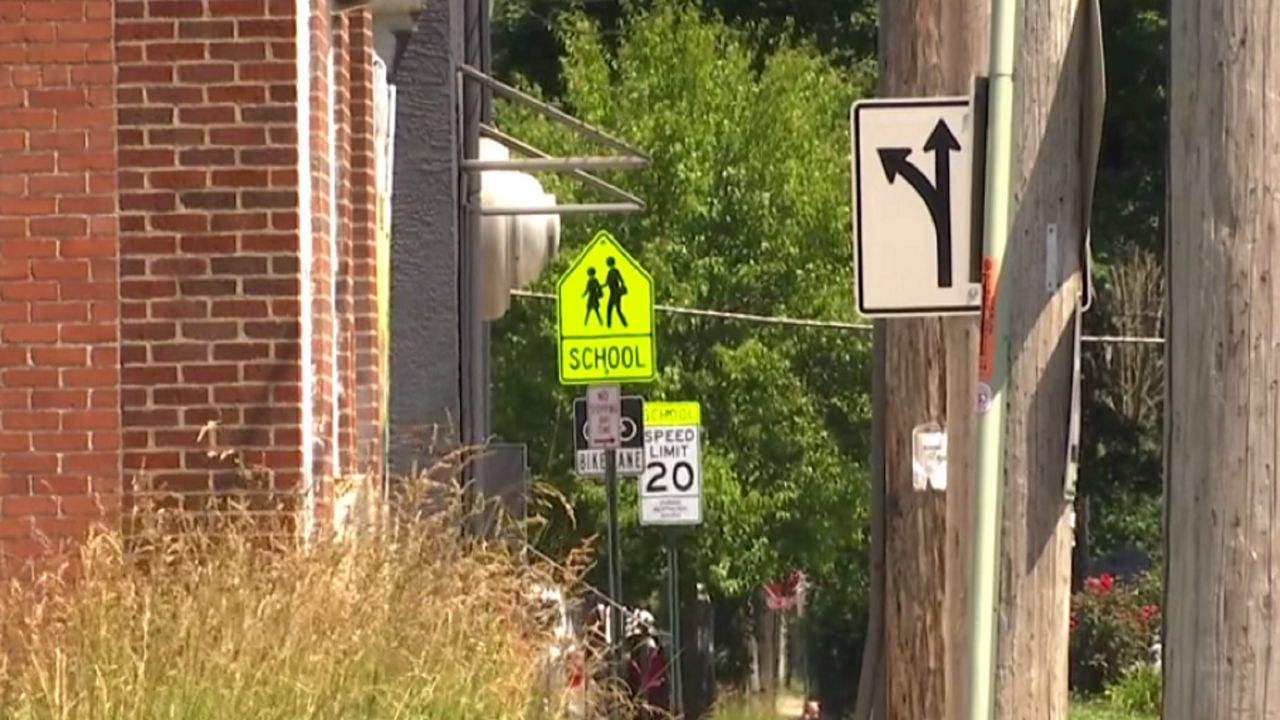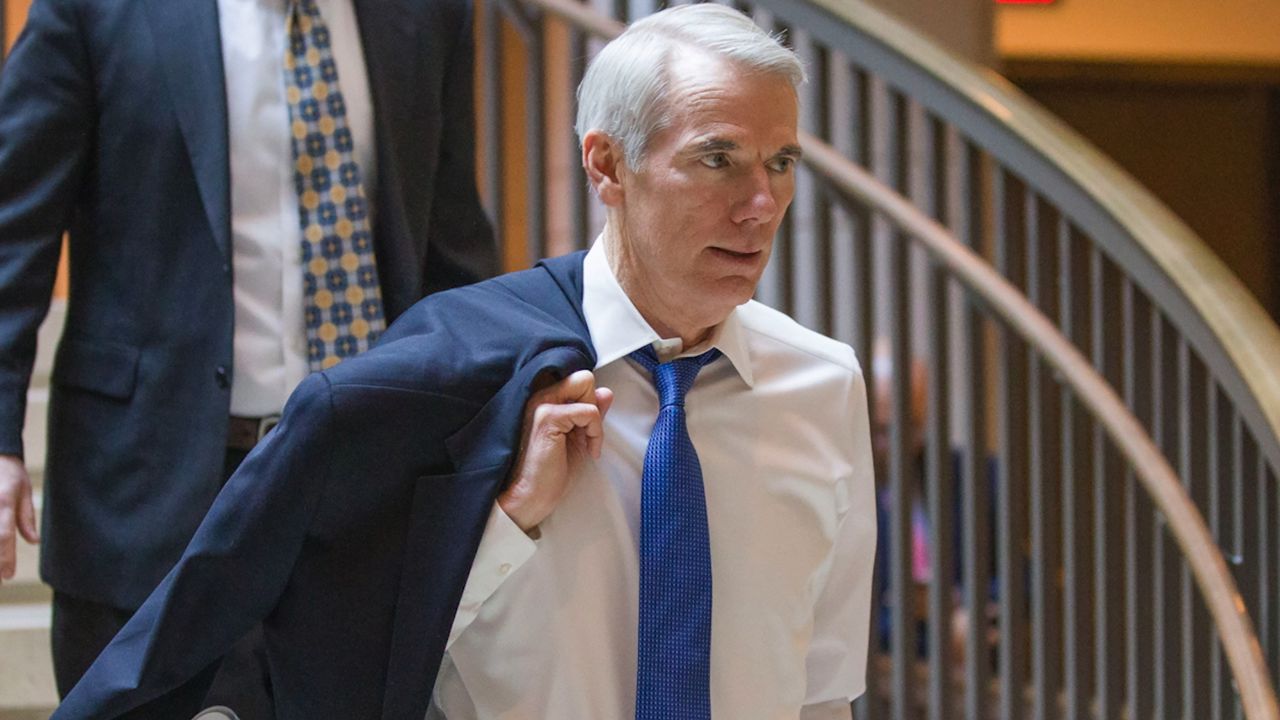OHIO — A lot remains up in the air for colleges and universities around the state with fall semester looming. Many are facing new challenges amid the constantly evolving pandemic.
The deadline is quickly approaching.
There's about six weeks left until college classes resume in Ohio. Campuses across the state are bracing for change amid another COVID surge.
"Families and students have to have the confidence that the college university campus is going to be as healthy and safe of an environment for education as possible," said Randy Gardner, the Chancellor of the Ohio Department of Higher Education.
Gardner said the buckeye state has great “diversity of opportunity," meaning students have a variety of options from technical colleges to research institutions.
"They're stronger enrollment projections than I might have expected a couple months ago. But I do believe this, that families and students realize that if an education was important, two or three or four months ago, is every bit as important in fact, maybe more so even now, in a challenged economy," said Gardner.
In May, Gov. Mike DeWine announced that $110 million would be cut from the higher education budget, but more federal CARES Act money is coming to campuses than expected.
Around $200 million is now being divided out to higher education institutions around the state.
"There was some concern that budget reductions for this next year starting July 1 through this next academic year we're going to be possibly as high as 20 percent from the state, and it turned out to be 4.38 percent in terms of state aid in the aggregate around the country around the state. So the bottom line is, there's been at least a little bit more state support available than what was expected a couple months ago," said Gardner.
At Kent State University, leaders anticipate roughly a 4 percent drop in overall enrollment, but the retention rate appears to be up.
"I think we all hope that we find a quick resolution and then we start to get back to whatever normal is. I think that's the part that we're all trying to prepare for and there's many factors that lead to enrollment increases or decreases, and I think as an institution we're doing the best we can to prepare for those kind of ebbs and flows," said Sean Broghammer, the associate vice president for Enrollment Management, Admissions at Kent State University.
Kent State is working to cut operating expenses by 20 percent.
That led to things like a hiring freeze, reduction in spending on athletics and cutting wages and salaries for non-represented employees.
Budget shortfalls are inevitable for most universities—some hurting worse than others.
For example, at Youngstown State University, the nearly $160 million dollar operating budget is now reduced by $26 million compared to the previous fiscal year.
A university spokesperson said:
“The budget projects a 15 percent drop in enrollment; we're hopeful that it won't be that large of a decrease, but there remains so much uncertainty surrounding the pandemic that it's really hard to tell at this point.”
To view the full statement from the Youngstown State University administration, click here.
At the University of Akron, leaders said enrollment is also projected to decline by 15 percent and the budget deficit would be as high as $65 million if no action was taken.
This week, the Board of Trustees voted to eliminate 178 position, both union and non-union faculty, employees and staff are impacted. And the university’s 11 colleges have been consolidated to five.
It’s a decision met with intense criticism from the union that represents UA faculty.
“I don't know any other university cutting this number of full-time faculty. I don't know of any other university, cutting people without regard to rank or seniority. I don't know of any other institution doing this, so we're special. We're that special that we have to make a substantial number of cuts to our faculty, but our administration is only taking a 10 percent pay cut. Well it seems to me, if you're taking if 20 percent ofthe academic budget, then you have 20 percent less of you, the university to run your your your pay ought to be cut 20 percent, it ought to be cut at least 20%. How is that leadership?" said Pamela Schulze, the president of the Akron chapter of the American Association of University Professors.
To hear the full statement from the UA administration, click here.
Meanwhile, smaller private institutions like Walsh University are doing OK—all things considered.
Enrollment numbers appear to be steady. New incentives like free housing for the first eight weeks of the school year seem to be working to attract students.
"Everyone has pitched in in different ways to help us finish off this year actually with a balanced budget. It was very challenging to do that but we managed to make that work… Very quickly we put a freeze on spending. And so, there was a variety of things that we didn't need to do anymore because students weren't on campus. So our normal operating expenses dropped, which was helpful. And because the buildings were closed we had some savings there on energy and on other things and that made a big big difference. And then if you saw across many universities, there was a lot of school laid off people they furloughed folks and things like that we didn't do any of that, we were able to do some reductions that helped us to minimize that impact. We really didn't want to, we didn't want to lose folks if we didn't have to," said Dr. Michael Dunphy, the interim vice president for Academic Affairs at Walsh University.
Another independent university, Baldwin Wallace, reports an uptick in first-year enrollment and a strong retention rate.
But COVID-19 did contribute to more than $4 million in a budget deficit which caused furloughs for one-fifth of the staff and senior leadership at the university took significant pay reductions.
So, what will fall semester look like exactly for college students?
It’s hard to say just yet.
At Cleveland State University, more than 50 percent of classes will be offered on campus and the rest, online. To view the full statement of recent changes at Cleveland State, click here.
That kind of blended learning seems to the approach of choice for most universities statewide as they brace for the unknown.









